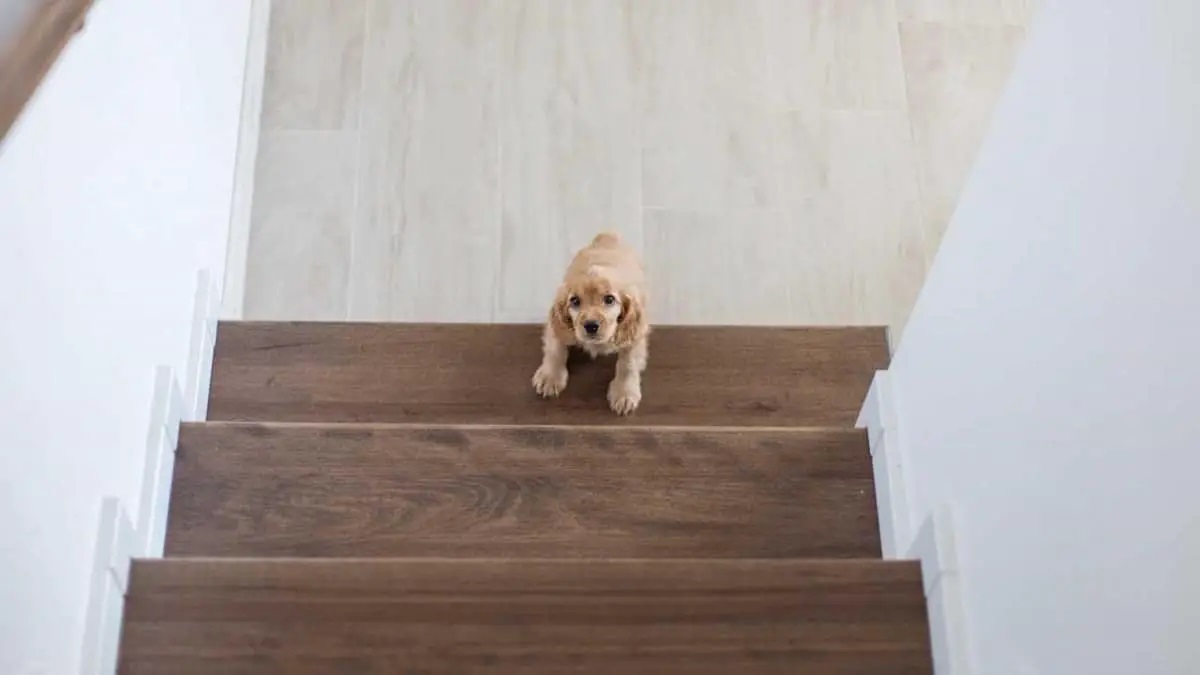

Articles
When Can Puppies Climb Stairs
Modified: January 9, 2024
Find helpful articles on when puppies can safely climb stairs. Learn about the right age and steps to ensure their safety and development.
(Many of the links in this article redirect to a specific reviewed product. Your purchase of these products through affiliate links helps to generate commission for Storables.com, at no extra cost. Learn more)
Introduction
Welcoming a new puppy into your home is an exciting and joyous experience. As your little furry friend explores their new surroundings, you may find yourself wondering when they will be able to navigate one of the common obstacles in a home – stairs.
While puppies are undeniably adorable, they are also fragile and still developing both physically and mentally. Understanding the appropriate age and physical capabilities for climbing stairs is crucial to ensure their safety and well-being.
This article will delve into the factors that determine when a puppy can climb stairs. We will explore their age and development, physical abilities, safety concerns, and the training and encouragement needed to achieve this milestone. So, let’s dive in!
Key Takeaways:
- Ensure your puppy’s safety and well-being by waiting until they are at least four months old before introducing them to stairs. Consider their physical abilities, breed, and cognitive development for a successful stair-climbing journey.
- Gradually introduce your puppy to stairs through positive reinforcement, patience, and observation of readiness signs. Create a safe and encouraging environment to build their confidence and ensure a successful stair-climbing experience.
Read more: When Can Puppies Go In Grass
Age and Development
When it comes to puppies and their ability to climb stairs, age and development play a vital role. Puppies go through various stages of growth and maturity, and their physical capabilities evolve as they age.
Generally, puppies should be at least four months old before attempting to climb stairs. At this age, their bones and joints have developed enough strength to handle the impact and stress that stair climbing puts on their bodies.
Beyond age, it’s important to consider the breed and size of your puppy. Larger breeds tend to have slower growth rates and their bones take longer to mature. It’s recommended to wait until they are at least six to nine months old before introducing them to stairs. Small or toy breeds, on the other hand, may be ready to tackle stairs earlier, around three to four months, as they have a faster growth rate.
Moreover, the cognitive development of puppies is equally important. They need to have a good sense of balance, coordination, and spatial awareness to navigate stairs safely. These skills develop over time as they gain confidence in their movements, so waiting until they are mature enough mentally is essential.
It is crucial to remember that every puppy is unique, and their individual growth patterns may vary. Consulting with your veterinarian and observing your puppy’s behavior and development can help determine if they are ready to take on the challenge of climbing stairs.
Physical Abilities
Before allowing your puppy to start climbing stairs, it’s important to assess their physical abilities. Climbing stairs requires a certain level of strength, coordination, and balance. Let’s explore the physical abilities your puppy should possess before attempting to conquer the stairs.
1. Strength: Your puppy should have developed enough muscle strength in their legs and core to climb stairs efficiently. This strength allows them to lift and support their body weight as they ascend and descend the steps.
2. Balance: Balance is crucial when it comes to navigating stairs. Puppies should be able to maintain stability as they move their paws from one step to another. A well-balanced puppy will be less likely to slip or fall during the process.
3. Coordination: Climbing stairs involves a coordinated movement of all four paws. Puppies should be able to coordinate their front and hind legs to climb the steps smoothly and avoid tripping or stumbling.
4. Endurance: Stair climbing can be physically demanding, especially for younger puppies. Your puppy should have enough stamina and endurance to navigate the entire flight of stairs without becoming exhausted or struggling to reach the top or bottom.
5. Joint and Bone Health: It’s crucial to consider the health of your puppy’s joints and bones. Puppies with any existing joint or bone issues, such as hip dysplasia, should not attempt to climb stairs until they have received proper veterinary care and guidance.
As a responsible pet owner, it is your responsibility to ensure that your puppy possesses the necessary physical abilities to climb stairs safely. Consulting with your veterinarian can provide valuable insights into your puppy’s overall health and readiness for stair climbing.
Safety Concerns
As much as we want our puppies to explore and conquer new challenges, their safety should always be our top priority. When it comes to climbing stairs, there are several safety concerns to consider. Let’s take a look at them:
1. Injury Risk: Puppies have delicate bodies that are still developing. Climbing stairs too early or without supervision can put them at risk of injury. Their bones and joints may not be fully developed, and the impact of climbing stairs can lead to sprains, strains, or even fractures.
2. Falls and Slips: Stairs can be slippery, especially if they are made of hardwood or have smooth surfaces. Puppies may lose their footing and slip, leading to falls and potential injuries. It’s important to provide proper traction on the stairs, such as using carpet runners or non-slip mats.
3. Overexertion: Puppies have limited stamina, and climbing a full flight of stairs can be physically demanding for them. Overexertion can lead to exhaustion, panting, and potentially heatstroke. It’s essential to monitor their energy levels and take breaks if needed.
4. Behavioral Issues: Early exposure to stairs without proper training and encouragement can lead to fear or anxiety in puppies. If they have a negative experience, they may develop a fear of stairs, making it difficult to convince them to climb in the future.
To ensure the safety of your puppy, it’s important to take necessary precautions. Here are some tips to keep in mind:
– Supervision: Never leave your puppy unattended while they navigate stairs. Supervision allows you to intervene in case of any mishaps or accidents.
– Stair Gates: Install sturdy stair gates at the top and bottom of the staircases to prevent your puppy from accessing them unsupervised. This will give you peace of mind and keep them safe.
– Training: Before introducing your puppy to stairs, focus on basic obedience training and commands. This foundation will help them understand how to navigate stairs safely and listen to your cues.
– Positive Reinforcement: Use treats, praise, and encouragement to create a positive association with stairs. Reward them for their efforts and progress, building their confidence and reducing any fear or anxiety.
By addressing these safety concerns and taking the necessary precautions, you can ensure a safe and positive experience for your puppy as they embark on their stair-climbing journey.
Start introducing your puppy to stairs when they are around 3 months old. Use positive reinforcement and take it slow to build their confidence. Always supervise them until they are comfortable and confident on their own.
Training and Encouragement
To successfully teach your puppy to climb stairs, a combination of training and encouragement is essential. Here are some tips to help you in this process:
1. Start Slowly: Begin by introducing your puppy to a single step or a low-height staircase. This allows them to become familiar with the concept of climbing without overwhelming them. Gradually increase the height and number of steps as they become more comfortable.
2. Use Positive Reinforcement: Reward your puppy with treats, praise, and affection when they make progress or display any efforts towards climbing the stairs. Positive reinforcement strengthens the association between the behavior and the reward, encouraging them to repeat the action.
3. Leash Assistance: You can use a leash to guide and support your puppy as they navigate the stairs. This helps them feel more secure and provides you with control to prevent any accidents. However, make sure not to pull or force them up or down the stairs, as it can cause distress or injury.
4. Take Breaks: Climbing stairs can be physically demanding for puppies, especially during the early stages of training. Take regular breaks to allow them to rest and recover before continuing. This prevents exhaustion and keeps the training experience positive.
5. Offer Assistance: If your puppy is hesitant or appears scared to climb the stairs, offer your assistance. You can hold their hindquarters or use a gentle hand under their belly to support them as they navigate the steps. However, the goal is for them to gain independence, so gradually reduce the assistance as they become more confident.
6. Take it One Step at a Time: Some puppies may progress quickly, while others may take longer to master stair climbing. Be patient and allow them to progress at their own pace. Rushing the process can lead to fear or anxiety, hindering their progress.
Remember to always provide a positive and encouraging environment during training sessions. Celebrate each achievement, no matter how small, and be consistent in your approach. With time, patience, and plenty of encouragement, your puppy will confidently and safely conquer the stairs.
Read more: How To Prevent A Fall When Climbing Stairs
Gradual Introductions
When it comes to teaching your puppy to climb stairs, gradual introductions are key. By taking a step-by-step approach, you can ensure their comfort, build their confidence, and prevent any potential setbacks. Here’s how to introduce stairs gradually:
1. Observation: Begin by allowing your puppy to observe and familiarize themselves with the stairs from a safe distance. This helps them get accustomed to the sight, sound, and overall environment of the stairs without any pressure.
2. Scent Familiarization: To further acclimate your puppy to the stairs, you can use treats or toys to create a positive association. Place enticing treats or toys on different steps, encouraging your puppy to approach and investigate them. This helps establish a positive connection with the stairs.
3. Step by Step: Once your puppy shows comfort and interest in the stairs, it’s time to progress to the next stage. Start by luring them with a treat or a toy to climb just one step. Provide lots of praise and rewards to reinforce their progress.
4. Up and Down: Once your puppy masters climbing up a single step, encourage them to descend as well. Use treats or toys as motivation to move both up and down the stairs. Repeat this process until they are comfortable with the concept of going in both directions.
5. Increasing Height and Quantity: As your puppy gains confidence and skill, gradually increase the height and number of steps they need to climb. Start with a few stairs at a time, allowing them to practice and build their endurance. Remember to continue using positive reinforcement to motivate and reward their efforts.
6. Monitor Progress: Throughout the gradual introduction process, observe your puppy’s reactions and body language. If they exhibit signs of fear, stress, or reluctance, take a step back and offer more support and encouragement. Ensure that they are making steady progress and adjust the training accordingly.
Remember, each puppy progresses at their own pace, so be patient and understanding. Rushing the process can lead to setbacks and cause unnecessary stress. By gradually introducing stairs and providing a positive and encouraging environment, you can help your puppy become confident in navigating staircases without fear or hesitation.
Signs of Readiness
While it’s essential to consider age, development, and physical abilities when determining if your puppy is ready to climb stairs, there are also various signs you can look for to gauge their readiness. Here are some signs that indicate your puppy may be ready to tackle the stairs:
1. Confidence: A confident puppy is more likely to take on new challenges, such as climbing stairs. If your puppy displays confidence in their movements, explores their environment with enthusiasm, and shows curiosity towards the stairs, it may be a sign that they are mentally prepared for stair climbing.
2. Playfulness: If your puppy is playful and energetic, it indicates that they have good physical stamina. Climbing stairs requires endurance, so a playful puppy is more likely to handle the physical demands of stair climbing without becoming too tired or exhausted.
3. Coordination: Puppies who exhibit good coordination and balance in their movements are more likely to navigate stairs successfully. Watch how they maneuver and control their body during playtime or when moving around obstacles. If they show agility and coordination, they may be ready to take on stairs.
4. Exploratory Behavior: If your puppy is naturally curious and seeks out new experiences, it suggests they may be ready to explore stairs. Puppies who actively approach and investigate the stairs, sniffing and pawing at them, are displaying curiosity and a willingness to learn.
5. Effortless Movement: Observe how your puppy moves and navigates different surfaces. If they handle various terrains with ease, such as walking on uneven ground or climbing onto furniture, it indicates that they have the physical capability to handle stairs.
It’s important to note that these signs should be observed alongside considering the age, size, and breed of your puppy. Remember that every puppy is different, and their readiness for stair climbing can vary. Consulting with your veterinarian can provide additional guidance tailored to your puppy’s individual needs and development.
By being attentive to these signs of readiness, you can ensure that your puppy is mentally and physically prepared for the challenge of climbing stairs, setting them up for a successful and confident stair-climbing journey.
Conclusion
Introducing your puppy to the world of stair climbing is an exciting milestone in their development. By understanding the factors that determine their readiness, monitoring their physical abilities, and implementing gradual introductions, you can ensure a safe, positive, and successful experience for your furry friend.
Age and development play a crucial role in determining when a puppy can handle stairs. Waiting until their bones and joints have matured is essential to prevent injuries. Additionally, considering their size and breed can help gauge the appropriate age for stair climbing.
Assessing your puppy’s physical abilities, such as strength, balance, and coordination, is vital before allowing them to tackle stairs. Building up their endurance, ensuring their joint and bone health, and providing a secure environment are paramount in keeping them safe during this process.
Safety concerns should be at the forefront of your mind when introducing stairs to your puppy. Taking precautions, such as supervising them, providing traction, and preventing overexertion, can significantly reduce potential risks and keep accidents at bay.
Training and encouragement are key components in teaching your puppy to climb stairs. Gradual introductions allow them to build confidence, learn at their own pace, and associate stair climbing with positive experiences. Positive reinforcement, patience, and support are the pillars of successful training sessions.
Lastly, observing signs of readiness in your puppy, such as confidence, playfulness, coordination, and curiosity, can help you determine if they are prepared to take on the challenge of stair climbing.
Remember, each puppy is unique, and their readiness for stair climbing may differ. Always consult with your veterinarian for personalized advice based on your puppy’s specific needs and development.
By considering these factors and following the appropriate steps, you can guide your beloved puppy towards confidently conquering the stairs and opening a world of new adventures in your home.
Frequently Asked Questions about When Can Puppies Climb Stairs
Was this page helpful?
At Storables.com, we guarantee accurate and reliable information. Our content, validated by Expert Board Contributors, is crafted following stringent Editorial Policies. We're committed to providing you with well-researched, expert-backed insights for all your informational needs.
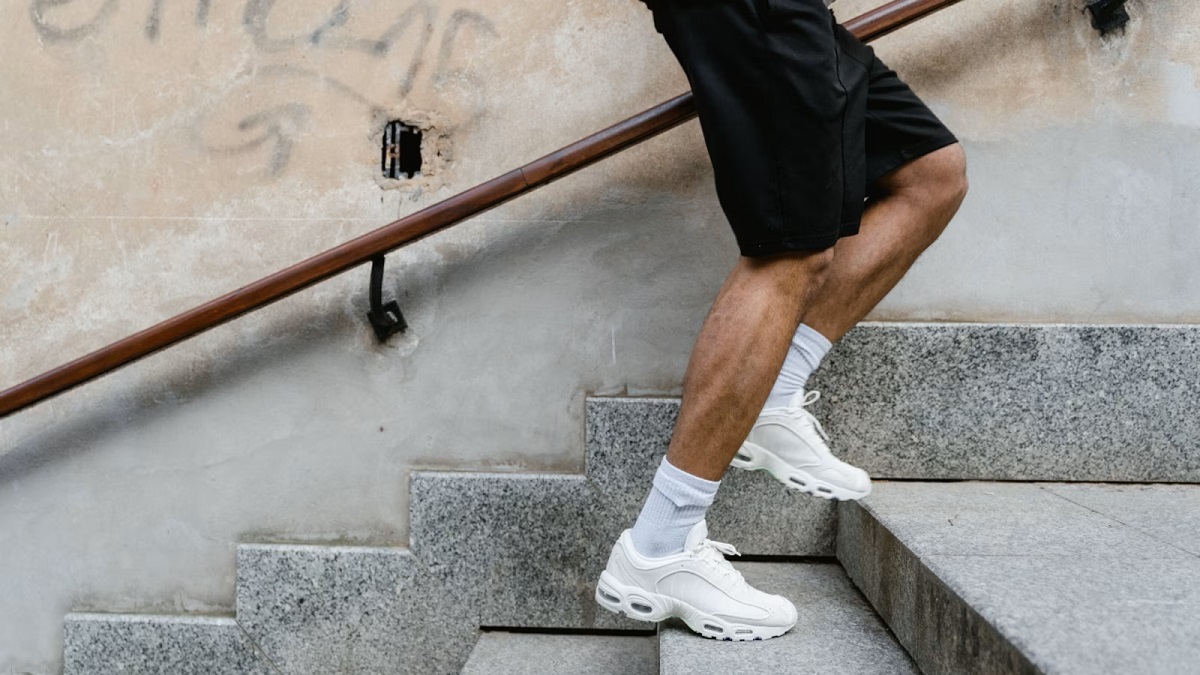
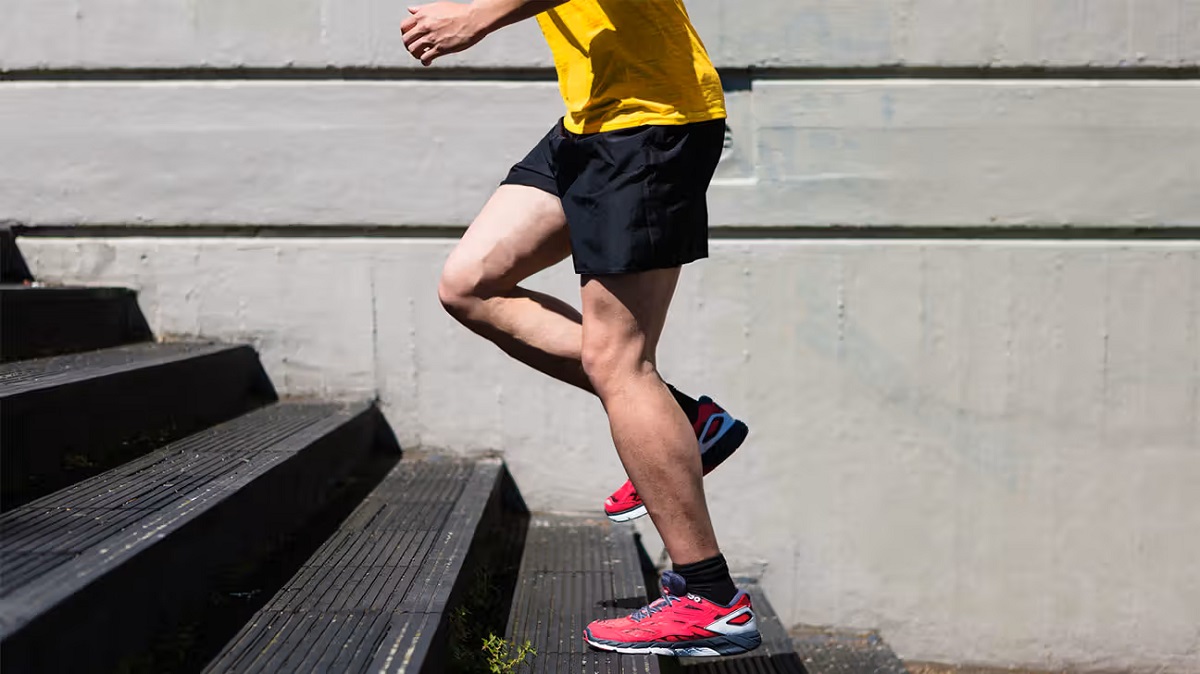
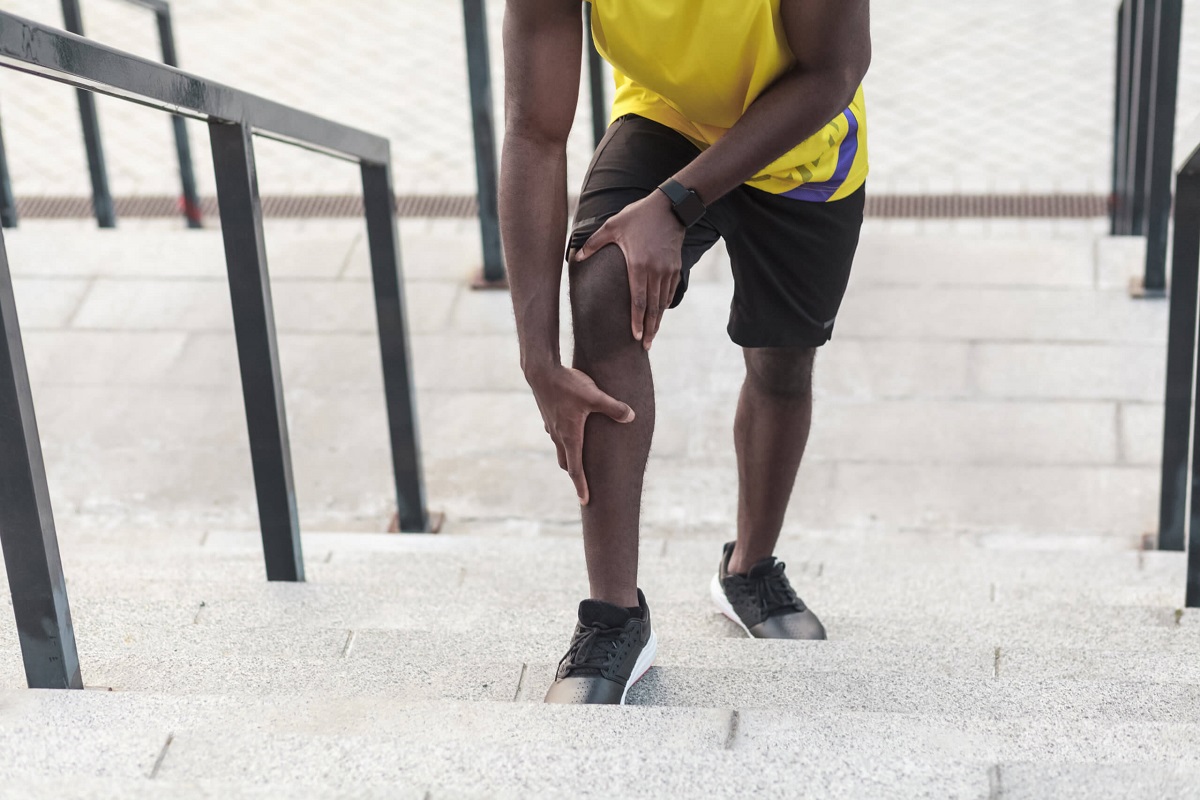
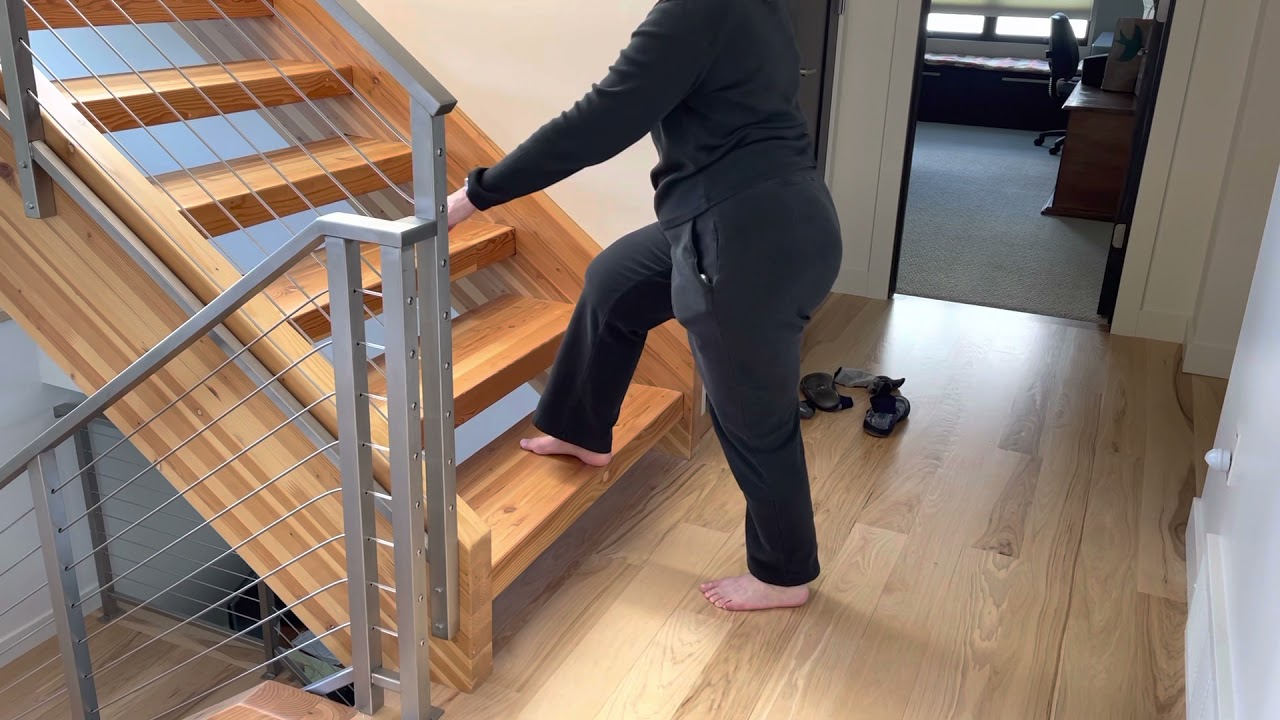
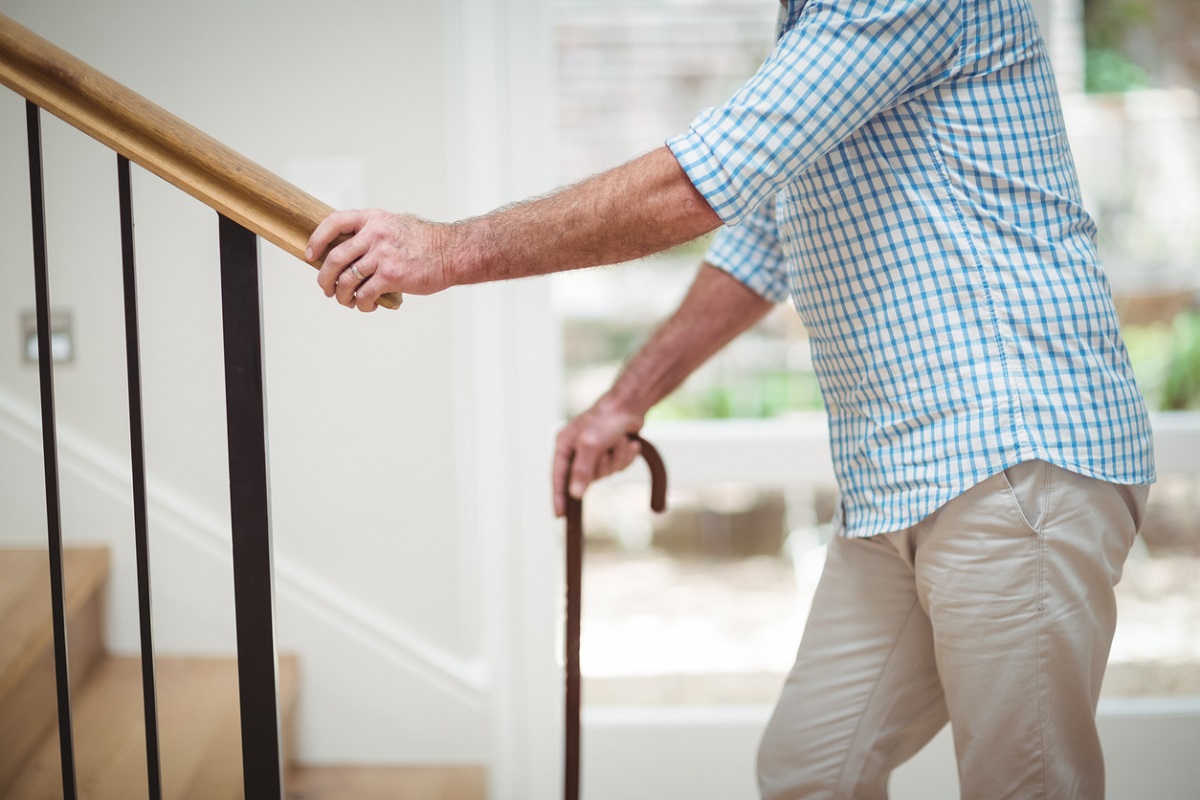
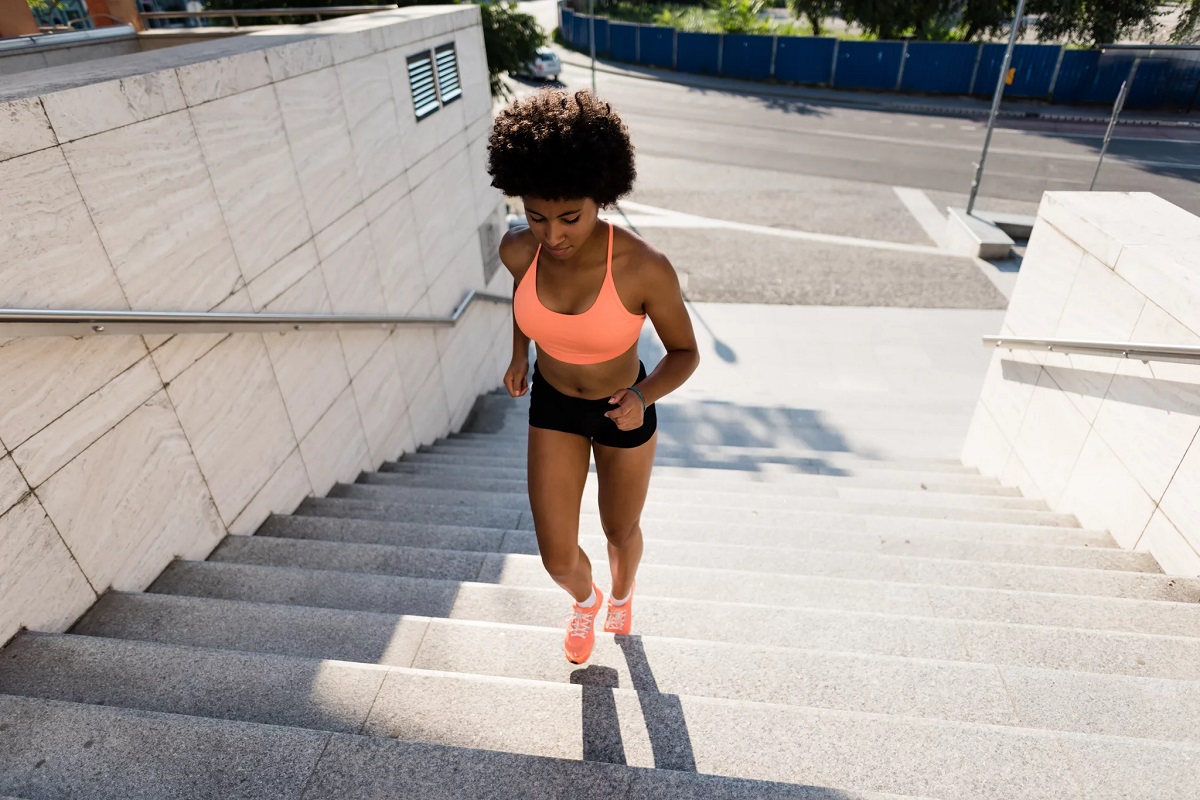
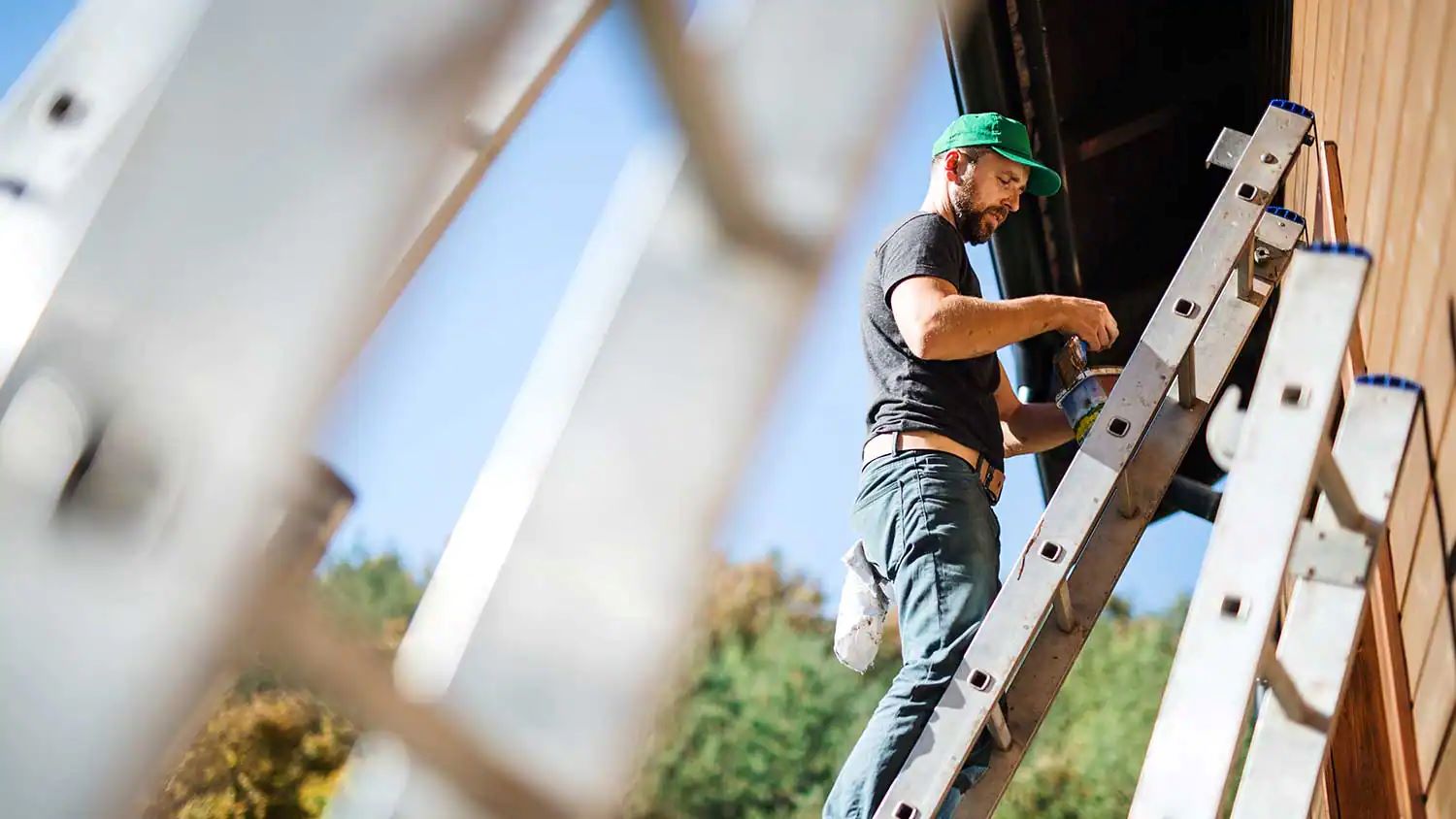
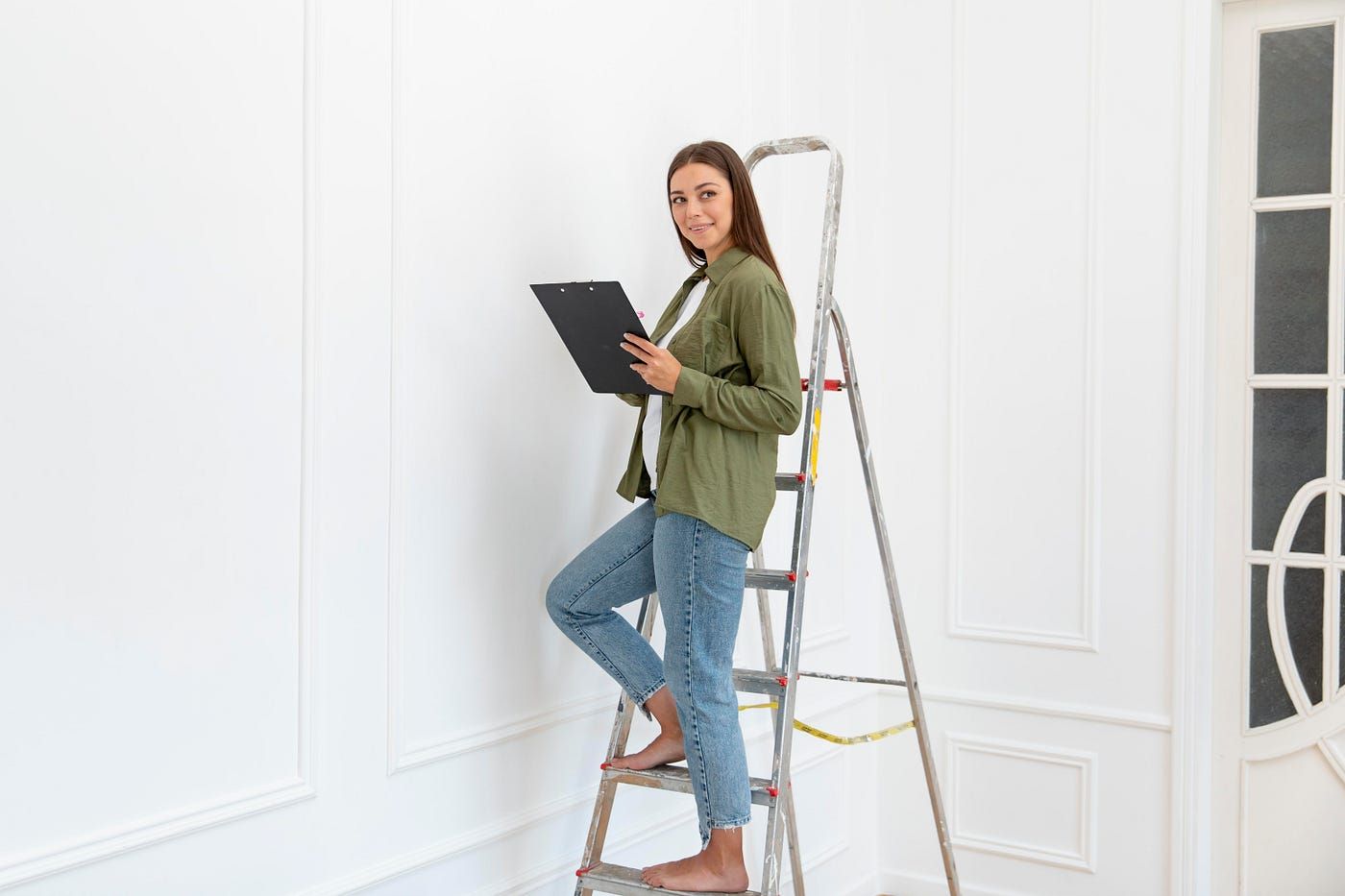
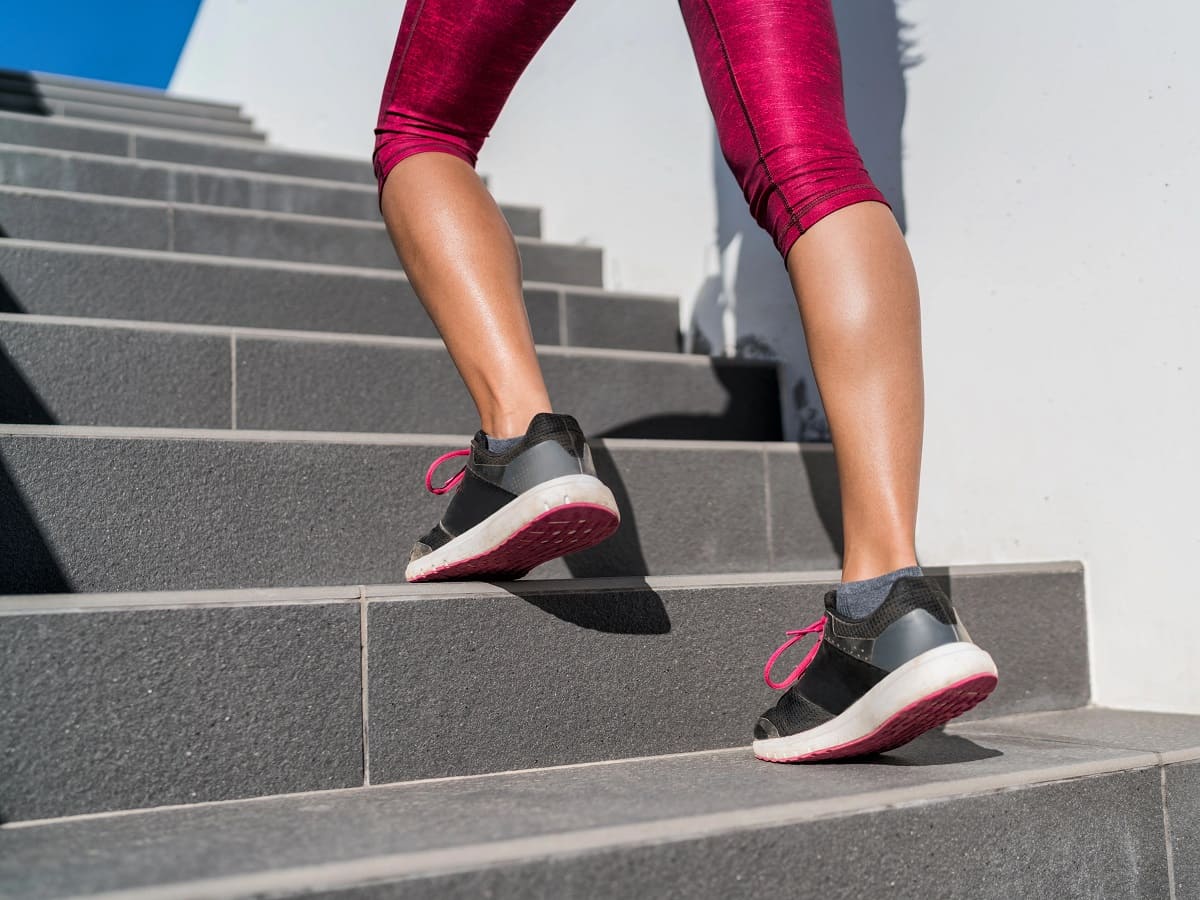
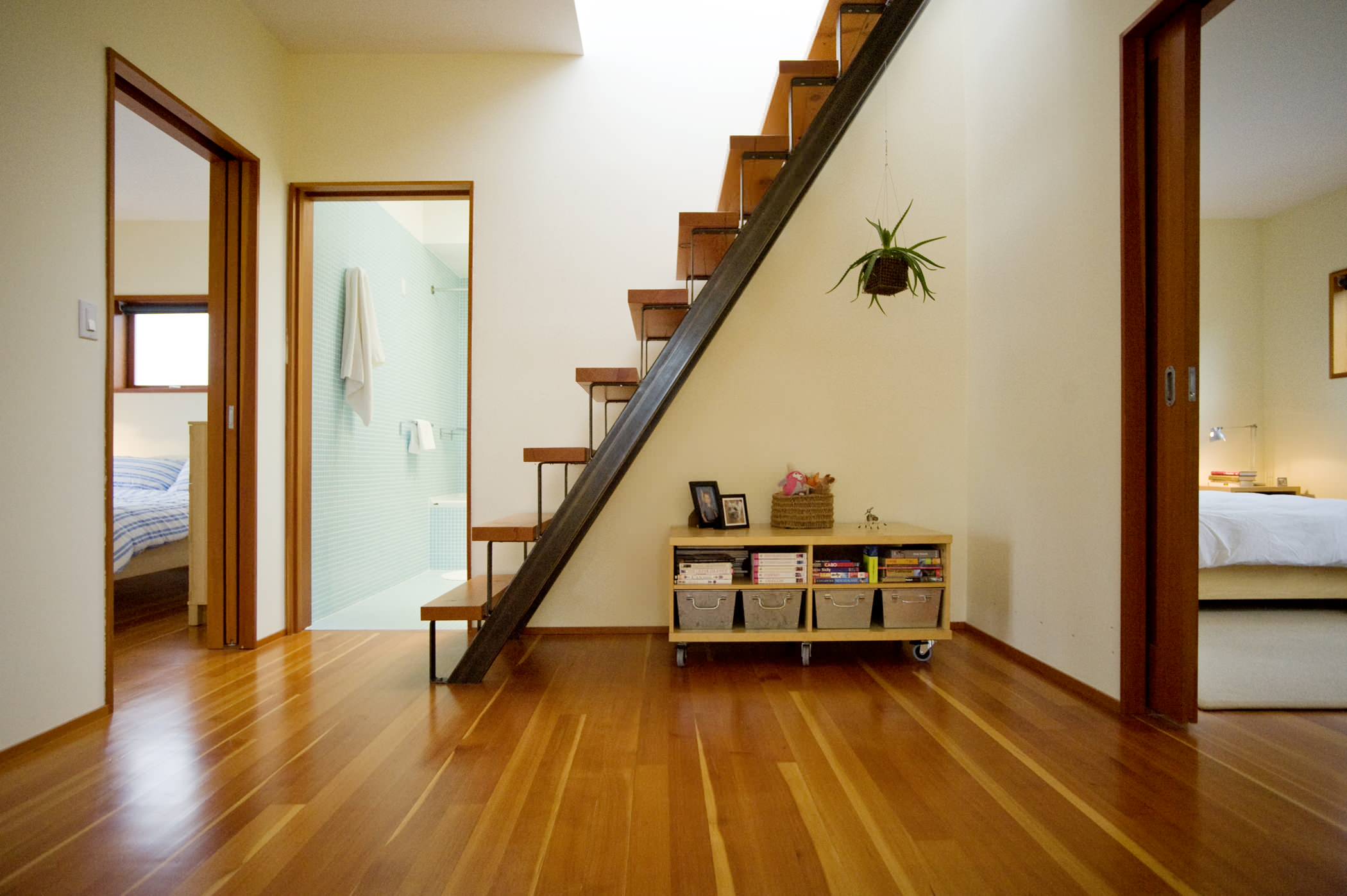
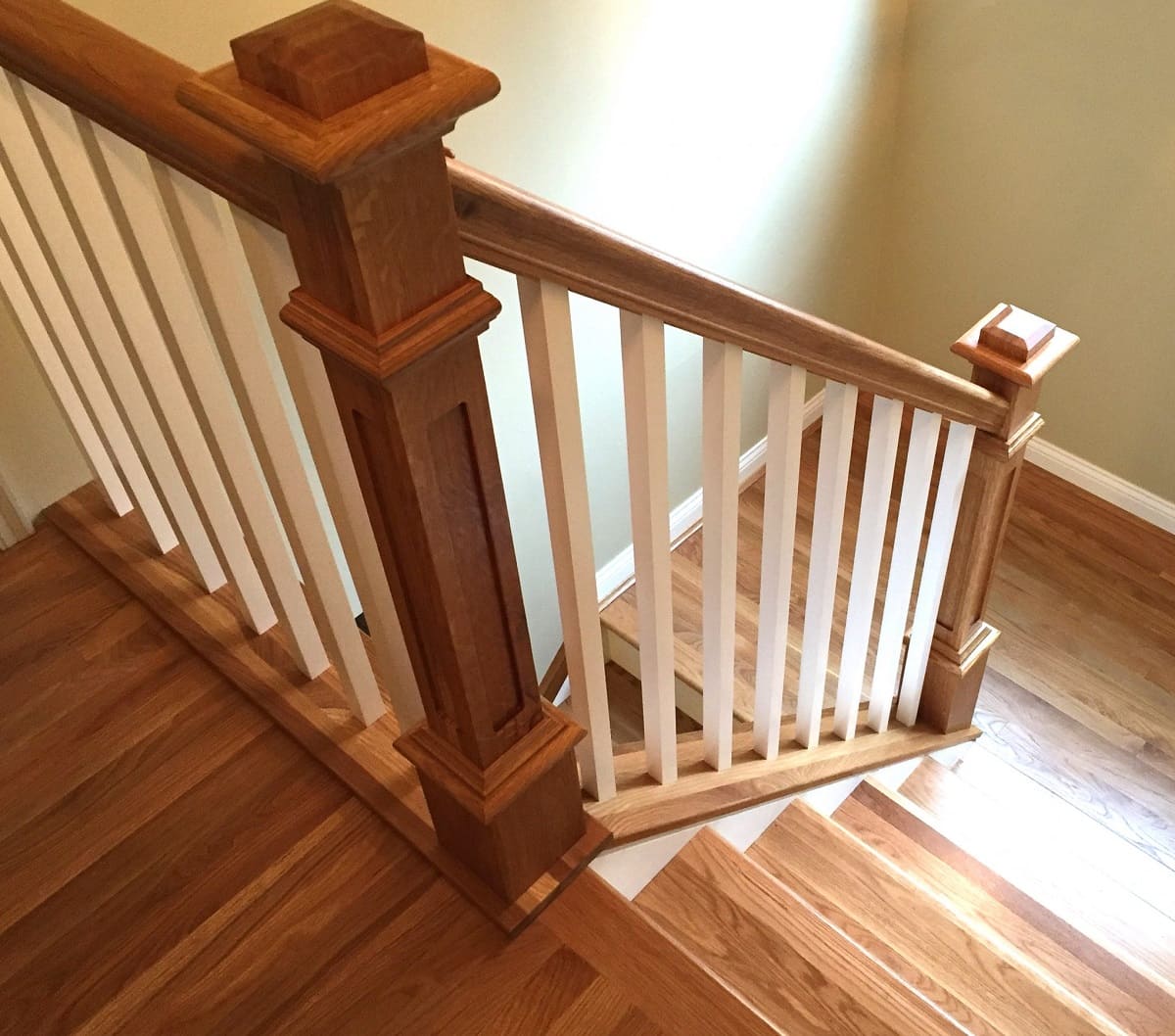
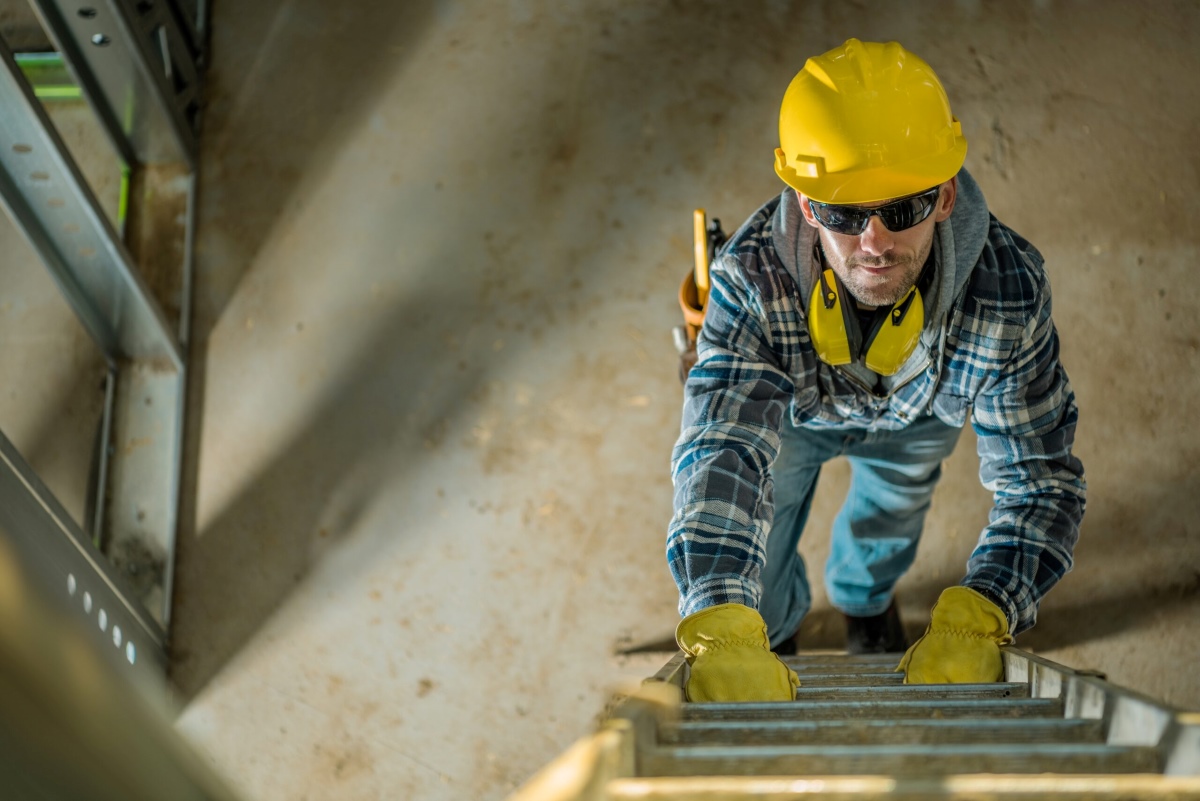
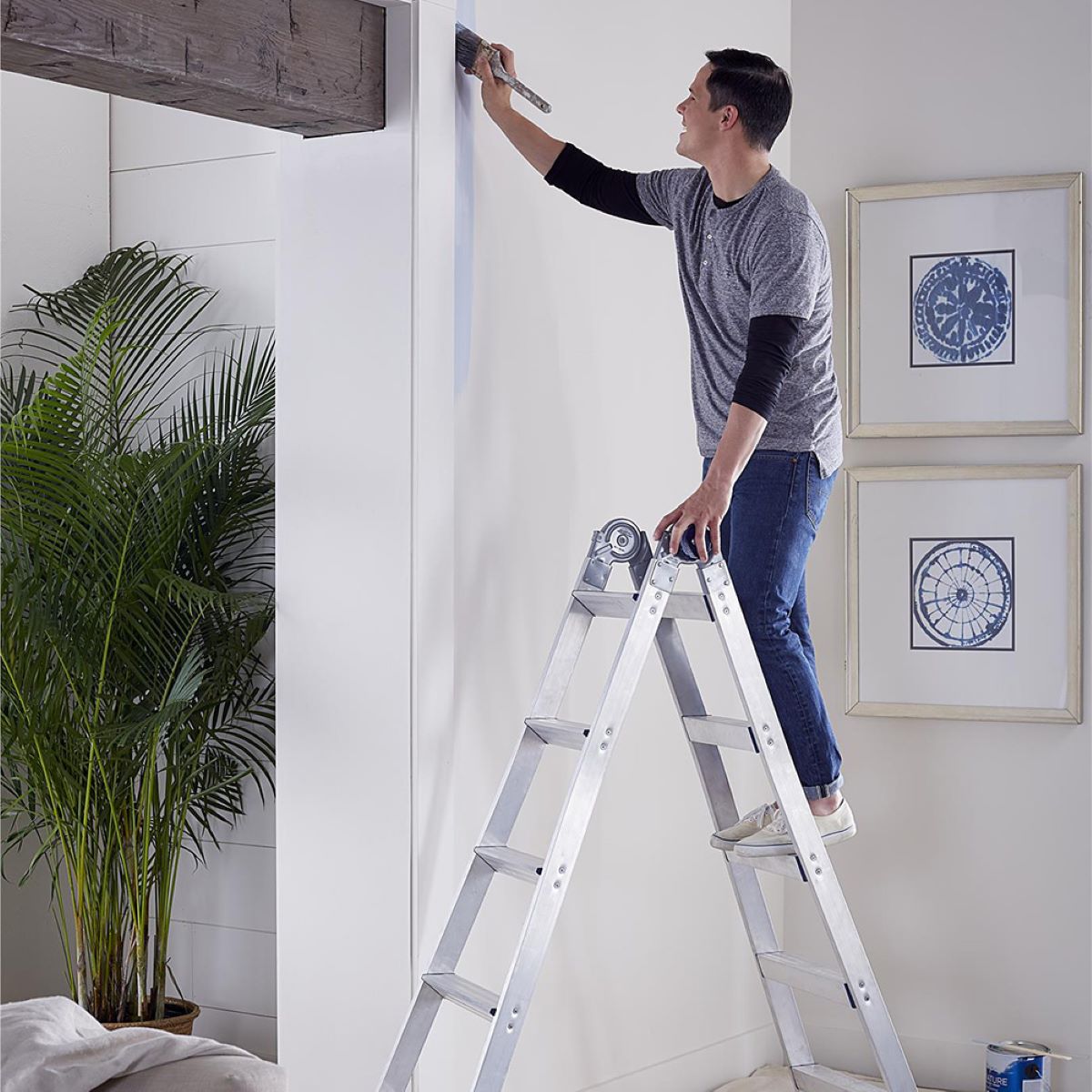
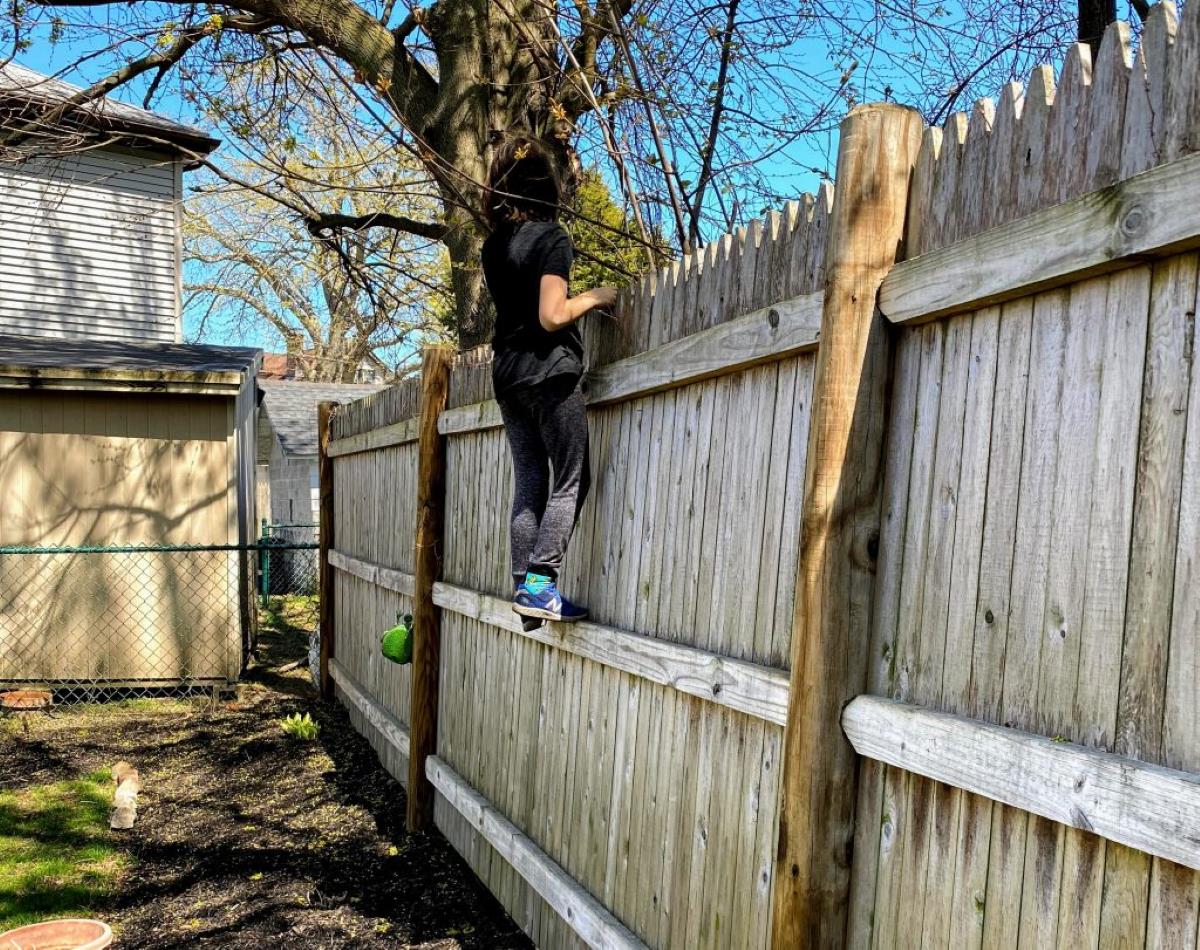

0 thoughts on “When Can Puppies Climb Stairs”